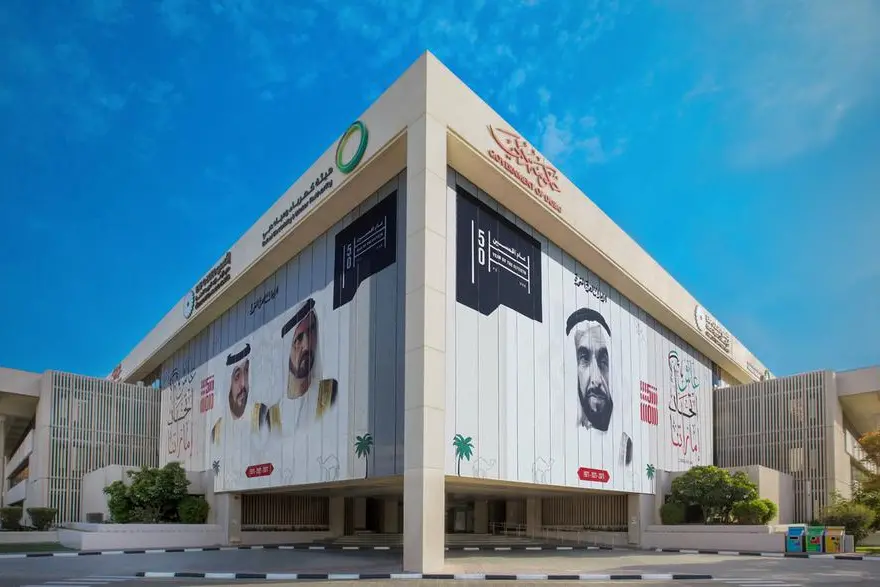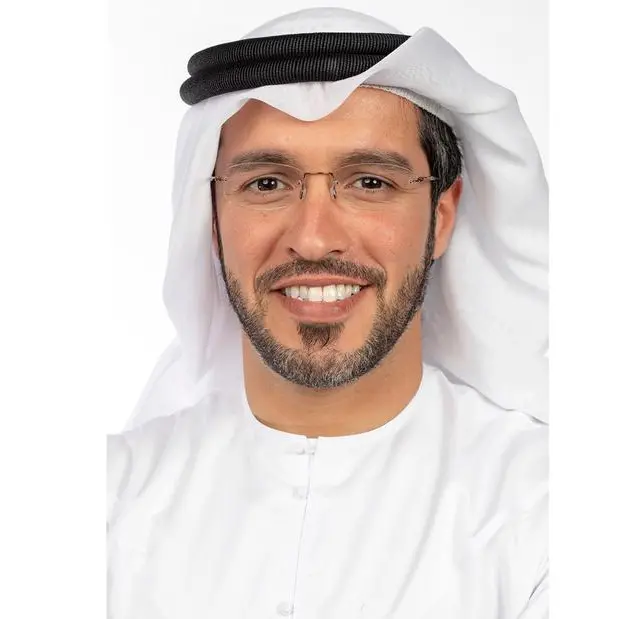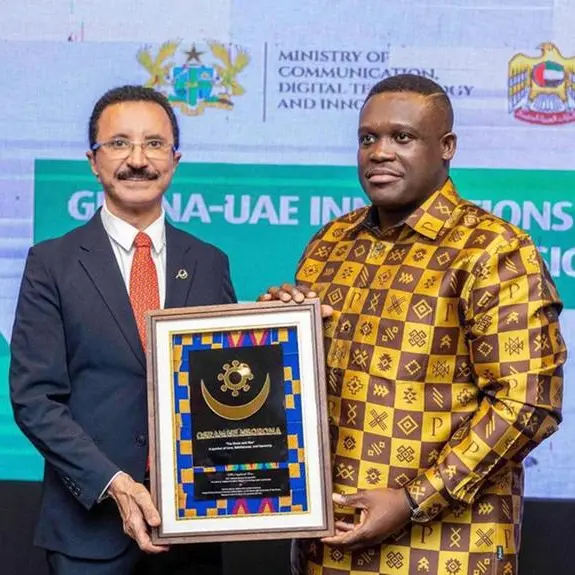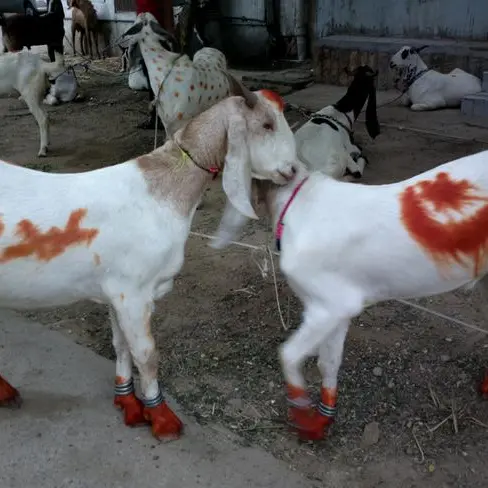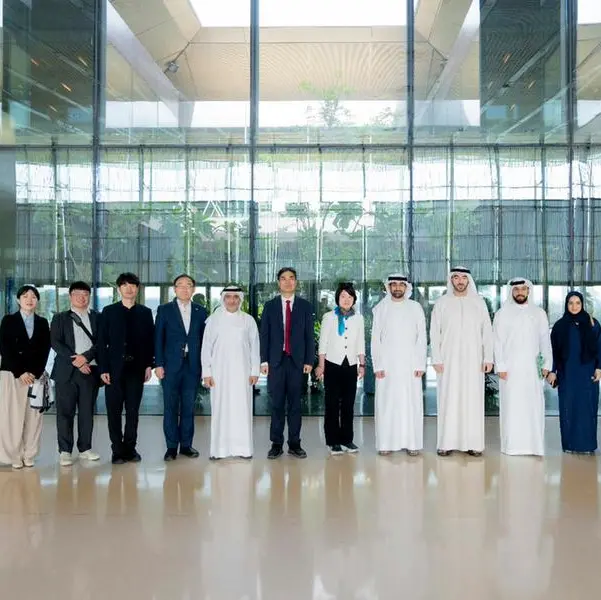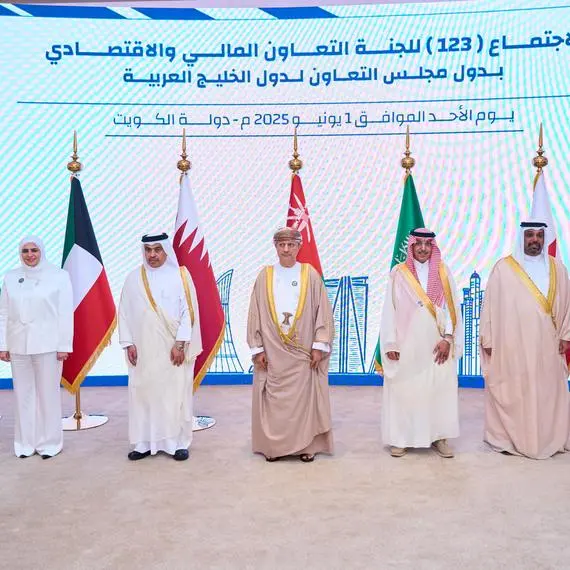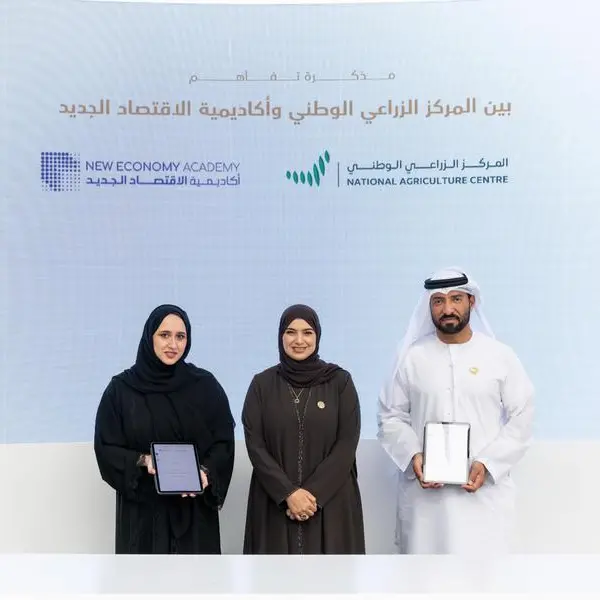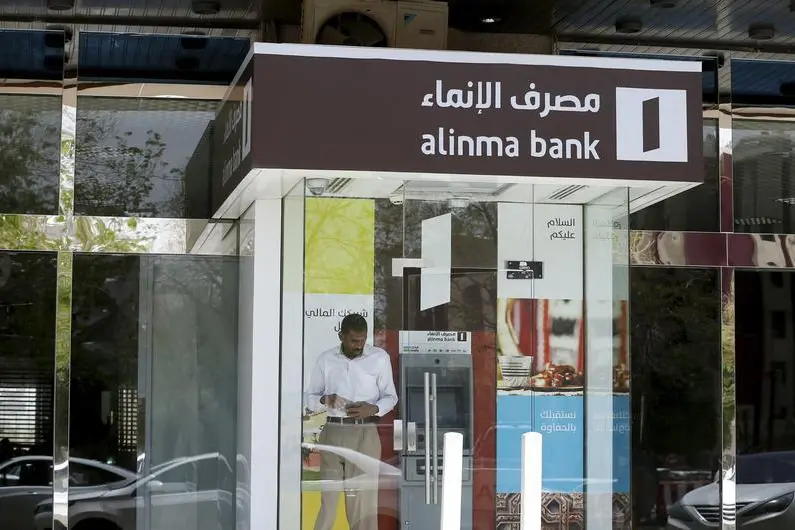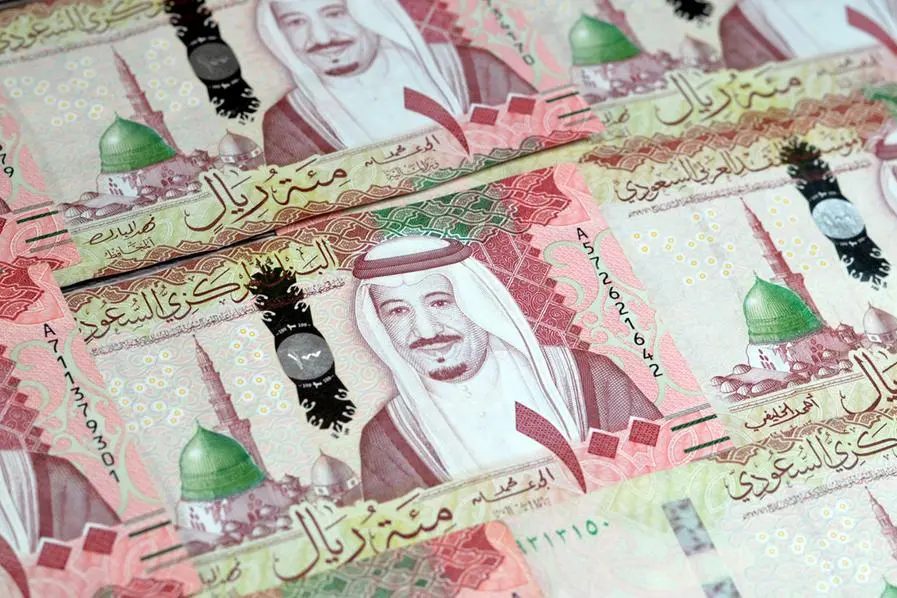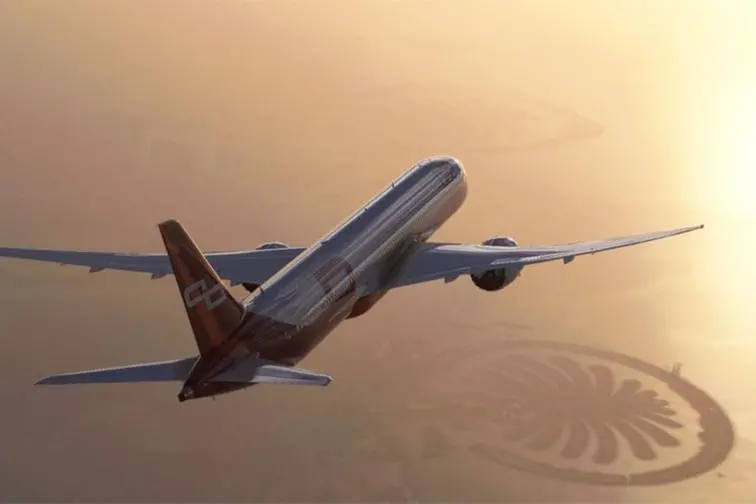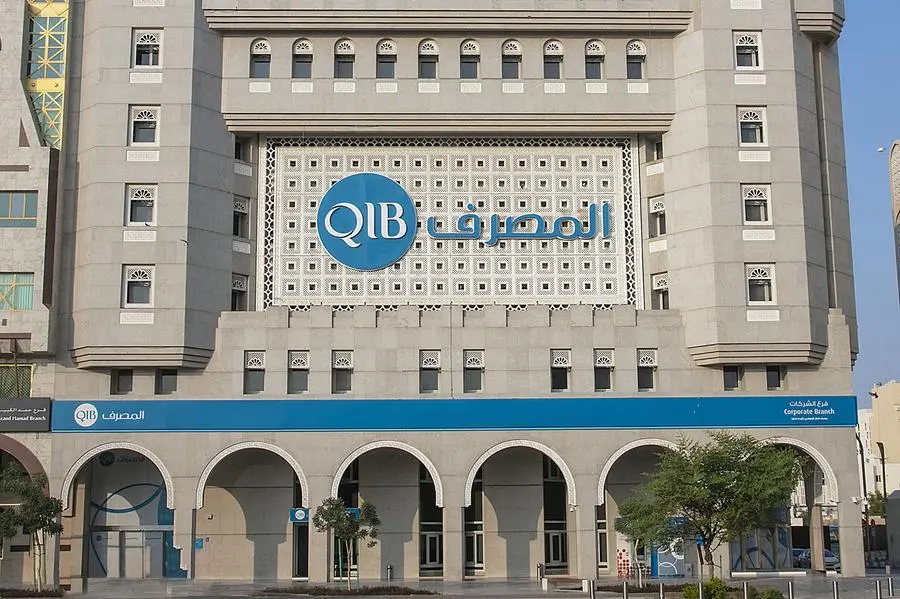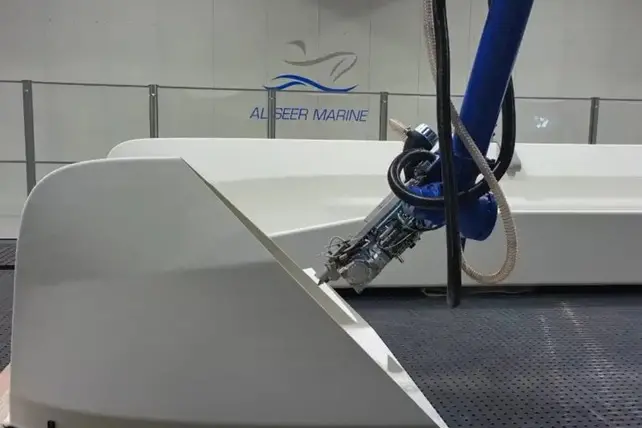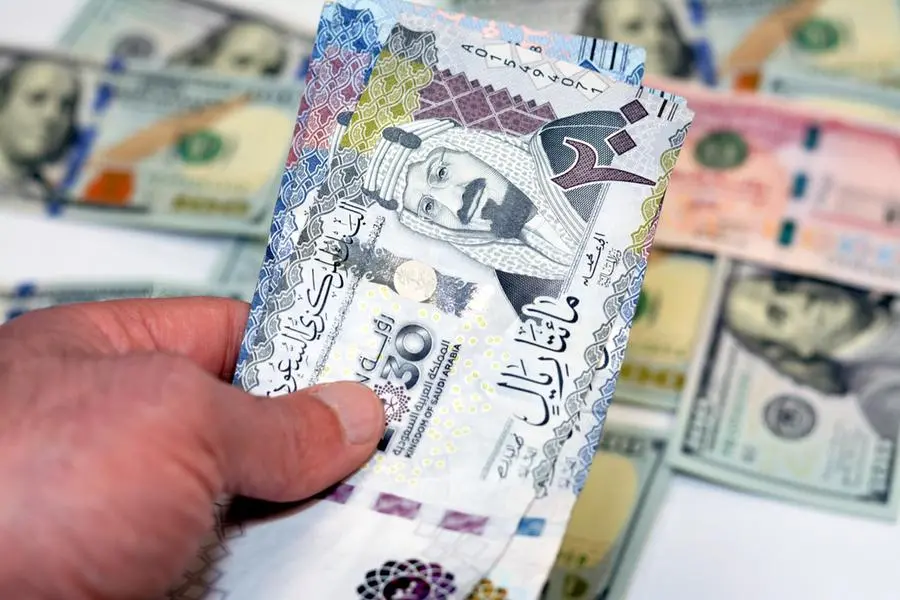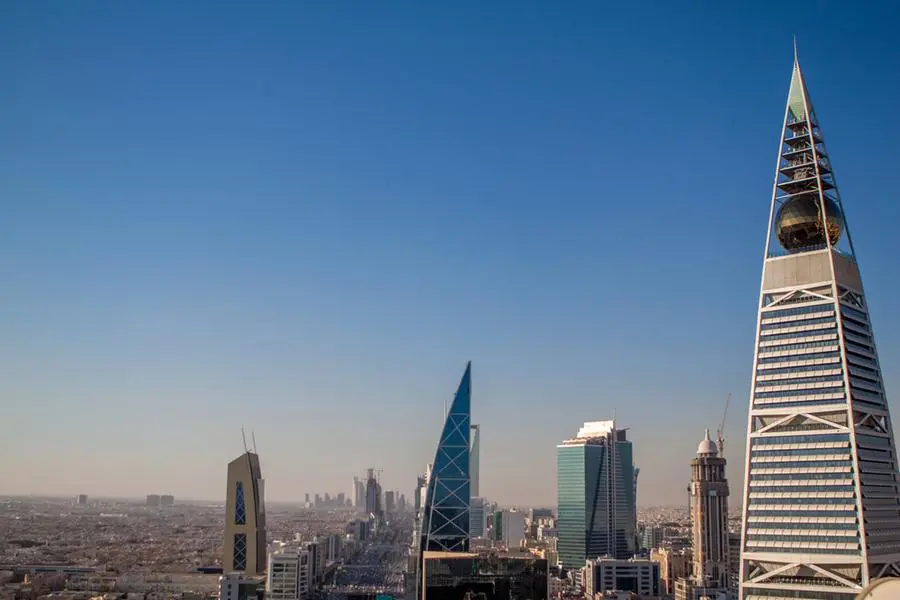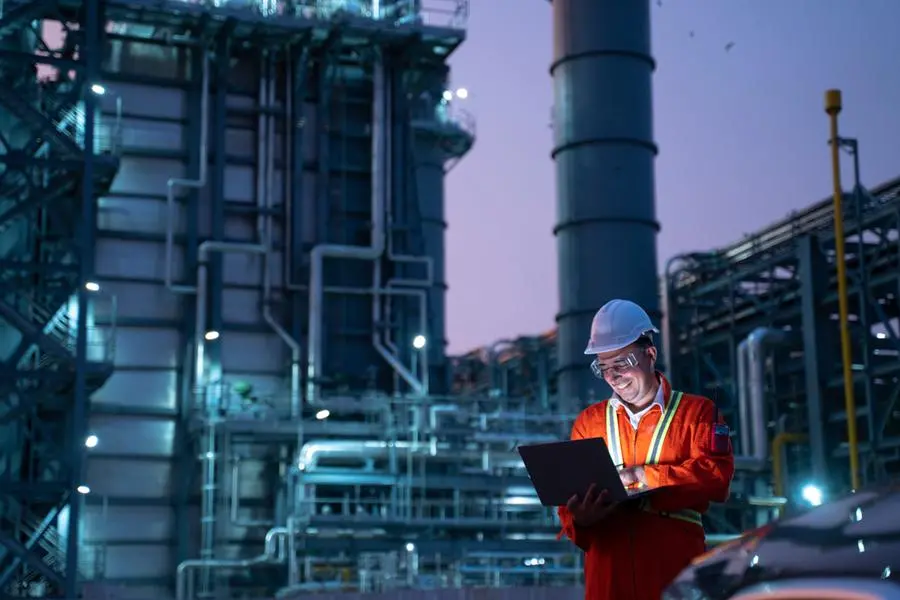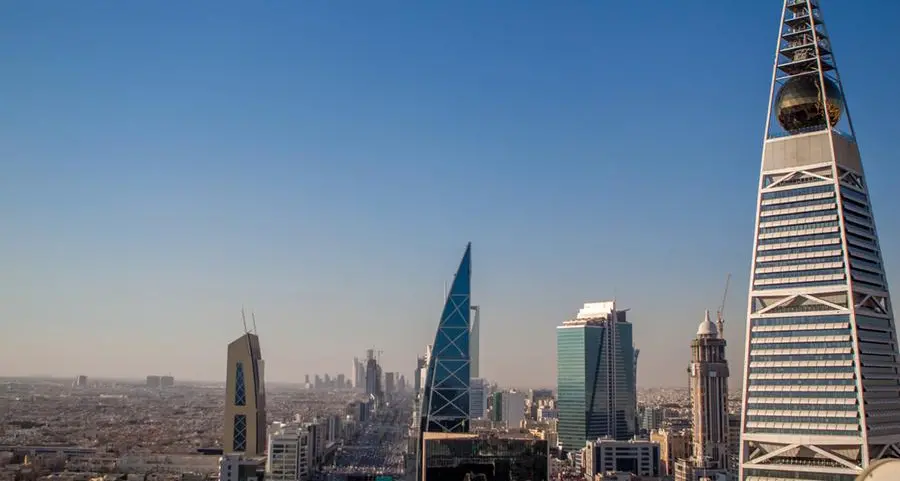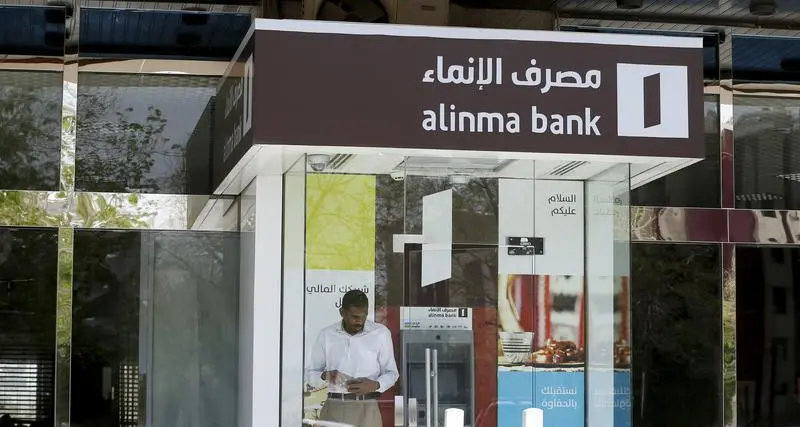PHOTO
Dubai, UAE: HE Saeed Mohammed Al Tayer, MD&CEO of Dubai Electricity and Water Authority (DEWA), announced that energy demand in Dubai during the first half of 2022 increased by 6.3% compared to the same period in 2021. Demand for energy in the first half of 2022 reached 23,096 GWh compared to 21,729 GWh in the first half of 2021.
“In line with the vision and directives of His Highness Sheikh Mohammed bin Rashid Al Maktoum, Vice President and Prime Minister of the UAE and Ruler of Dubai, to achieve sustainable and comprehensive development in Dubai, we continue to raise the production capacity of electricity and water according to the highest standards of availability, reliability, efficiency and quality, thanks to a sound governance system across all DEWA’s operations. This is to ensure that we keep pace with the growing demand for electricity and water as well as future needs of customers, developers and businesses while providing a convenient margin. DEWA’s growth plans align with Dubai’s 2040 Urban Master Plan, Dubai’s Clean Energy Strategy 2050 and Dubai’s Net Zero Carbon Emissions Strategy 2050, which aims to provide 100% of Dubai’s energy production capacity from clean energy sources by 2050,” said Al Tayer.
Al Tayer said that the increase in energy demand in Dubai reflects the economic recovery and the return of key activities. Dubai has proactively benefited from the Fourth Industrial Revolution technologies and implemented robust precautionary measures to ensure business continuity. This vision has contributed to Dubai presenting a global role model in readiness to deal with different challenges and turn them into promising opportunities.
DEWA’s capacity has reached 14,117 megawatts (MW) of electricity and 490 million imperial gallons per day (MIGD) of desalinated water. DEWA provides electricity and water services to 3.514 million people living in Dubai and the Emirate’s active daytime population of over 4.7 million. These numbers are expected to grow to 5.8 million and 7.8 million, respectively by 2040.
